Asia’s forgotten republic – home to stranded ships, odd animals and surprising art
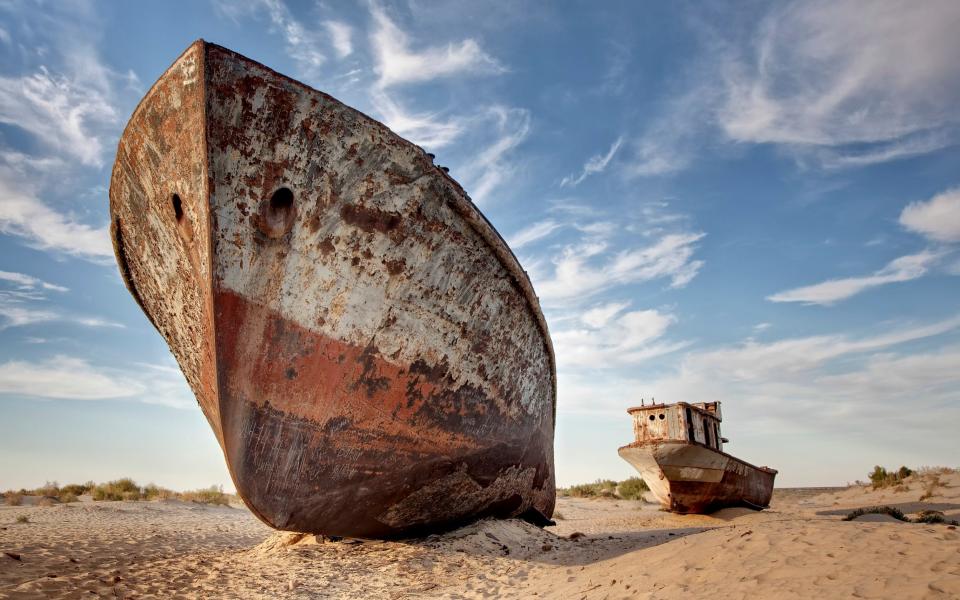
Ask a pub quiz enthusiast how many Central Asian republics there are, and they’ll probably tell you, “five”. At a push, they may even be able to name them. But it’s a misleading question. There are indeed five UN member states in Central Asia, but there’s also the Autonomous Republic of Karakalpakstan, a territory considerably larger than Tunisia or Greece, and which has its own president, parliament and flag.
Karakalpakstan’s relationship with neighbouring Uzbekistan is akin to that between Scotland and England (complete with debates over referendums and secession from the union), but although these two republics have been thrown together in a constitutional partnership, Karakalpakstan has a proud identity of its own.
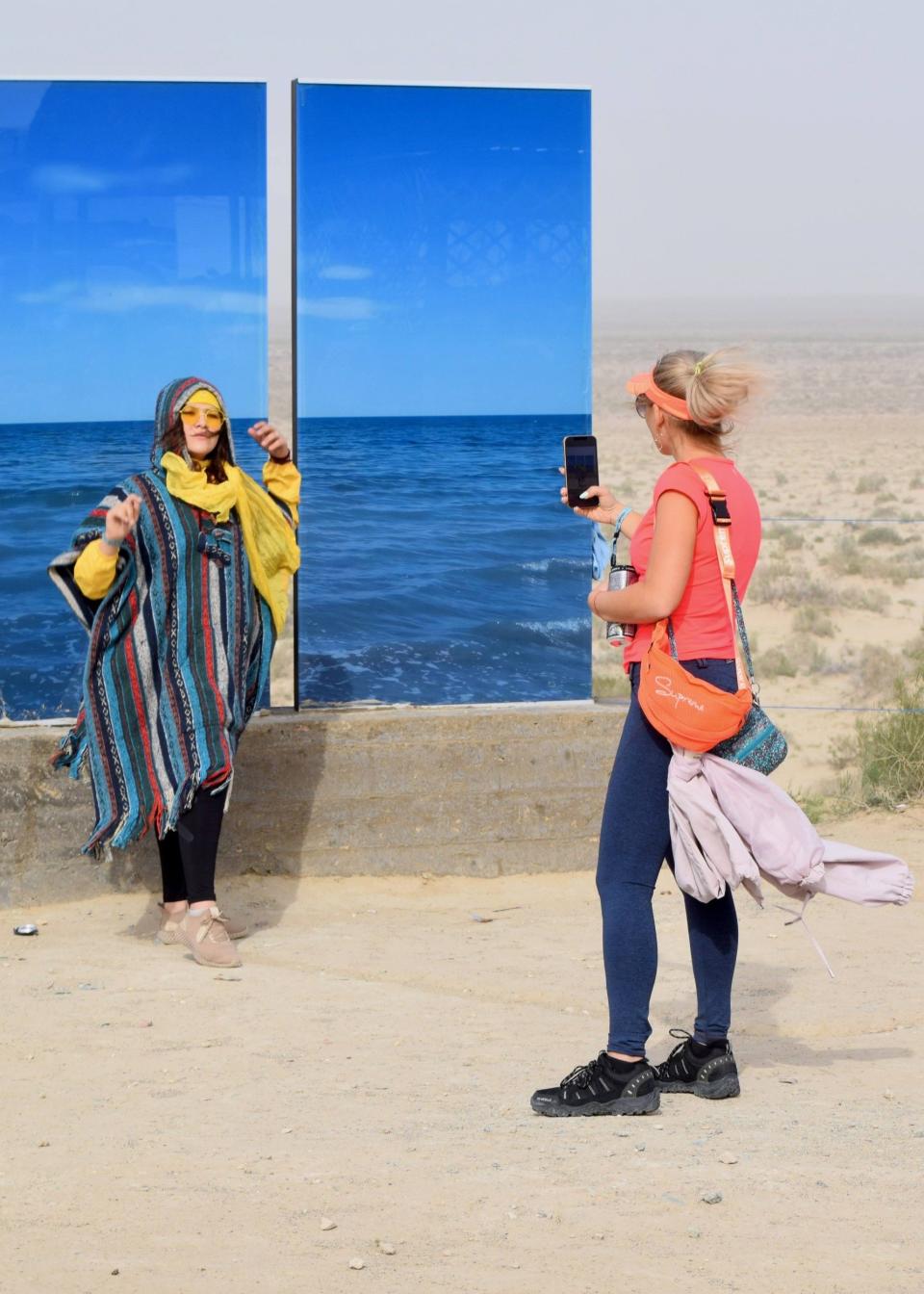
The Aral Sea – and, in many places, its absence – shapes much of Karakalpakstan. Arguably the 20th century’s worst man-made environmental disaster, the shrinking of the sea overshadows every other narrative about the region.
But while the people of Karakalpakstan come to terms with their recent history, they are at the forefront of the fight against climate change and desertification. Forced to be pioneers of reforestation, landscape and wildlife conservation, and to find new economic opportunities, they are now developing their homeland for adventure and ecotourism, too.

Uzbekistan Airways’ flights arrive in Karakalpakstan’s capital, Nukus, and the majority of tourist arrivals head straight to the Savitsky Museum, a place often described as the Louvre of the Steppe. This moniker is unexpected, yes, but it’s not an exaggeration: the museum owns one of the world’s greatest avant-garde art collections, and more than 80,000 artworks in total, many of which were created by artists purged by Stalin.
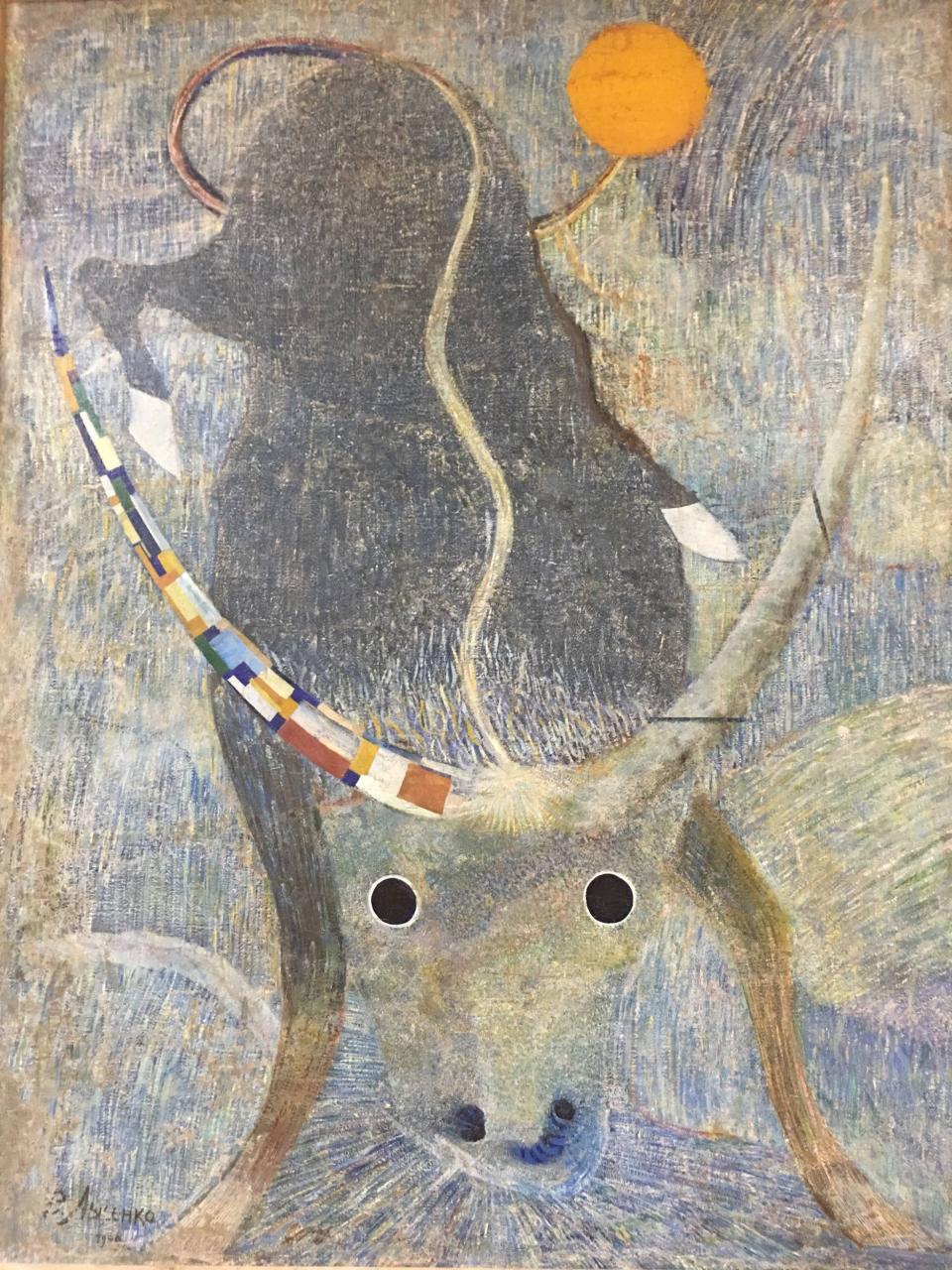
Nukus was a semi-closed city in Soviet times as scientists worked here on the USSR’s chemical weapons programme, but that isolation had its advantages: no one in Moscow looked too closely at what collector and curator Igor Savitsky was acquiring for the State Museum of Arts, which today bears his name.
Stretching to the north of Nukus is the Aralkum – the world’s newest desert – and the Ustyurt Plateau. From the air this seems to be largely barren land, dry and dusty, but adventurous tourists who do venture this way in 4x4s discover remarkably rich culture amid the sands.
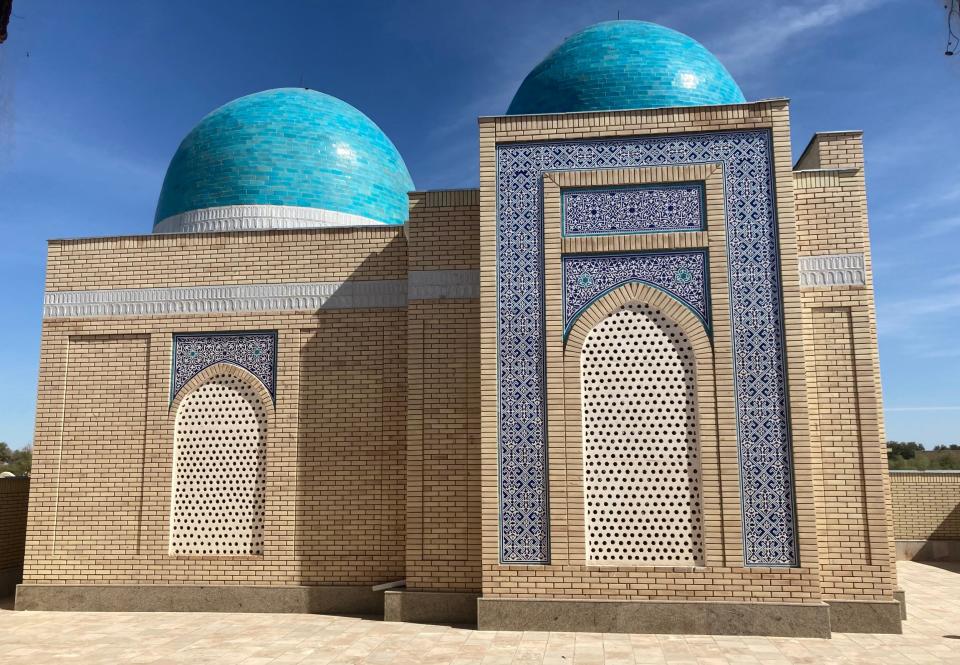
It is claimed that Adam, the first man, is buried in the necropolis at Mizdakhan, and by adding a brick to the apocalypse clock near his grave you can help postpone the end of days.
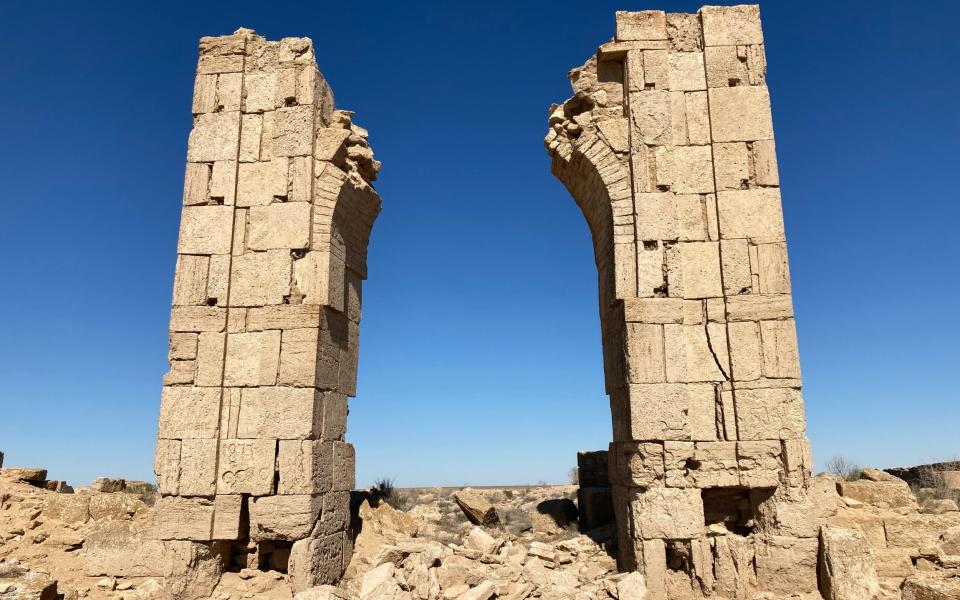
The landscape is dotted with the shrines of early Sufi saints, Karakalpak warriors and poets, and nomads whose identities are long since forgotten. Marking what was once the caravan route to the Caspian Sea, the mighty stone gateway to the Beleuli Caravanserai still stands, and just as imposing are the watchtower at Old Urga and the fortress of Kurgancha Kala, looking out across the Aral Sea. And even more incongruous than the Savitsky Museum in Nukus is Stihia in Muynak, an annual electronic music festival where ravers dance to big-name DJs, their neon costumes juxtaposed against the rusting skeletons of ships.
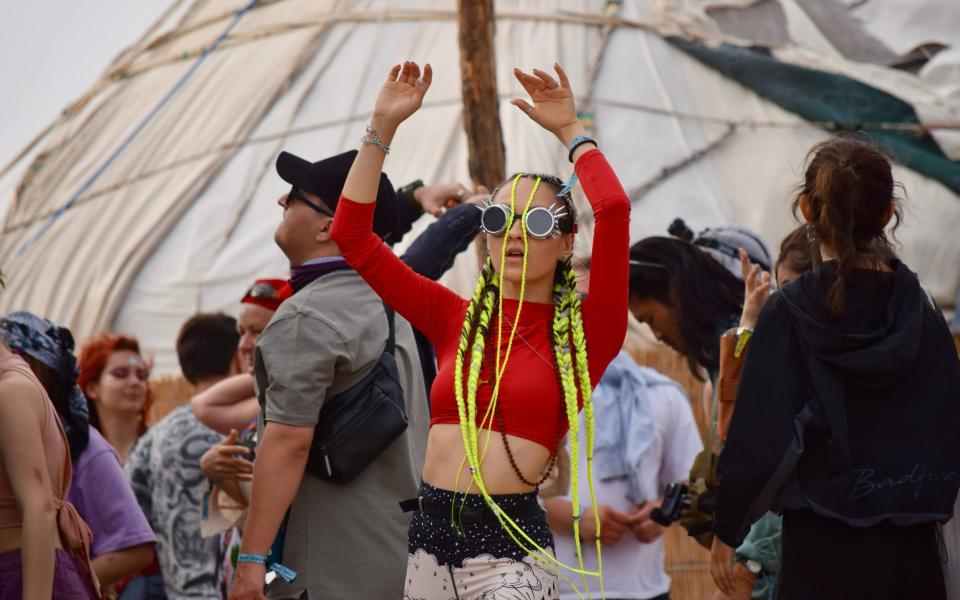
Having heard so many times about the receding of the Aral Sea, many visitors assume that it has already disappeared. But that’s not the case. And when you do see the great expanse of water shimmering in the late afternoon sun, especially after hours of desert driving, it reminds you of both the fragility and the resilience of nature.
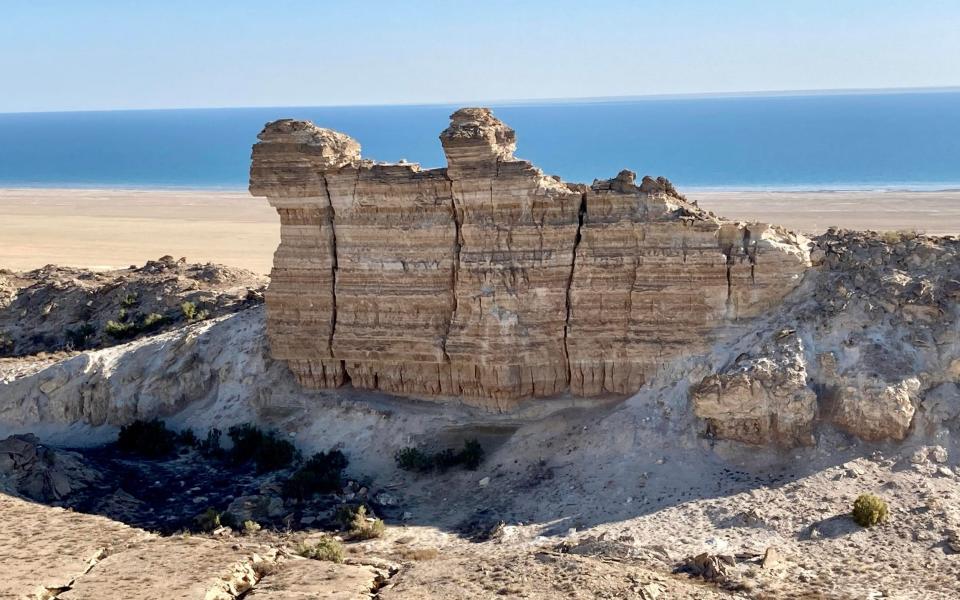
A new national park, the Aralkum National Nature Park, has been created to protect the former sea bed; it’s a project funded in part by the UK’s Darwin Initiative and which combines conservation and education with community-based tourism development.
Rising above the cliffs and canyons on the western shoreline is the Saigachy Reserve, another protected area, named for its population of critically-endangered saiga antelope – curious-looking creatures whose long, droopy snouts evolved to filter out dust and sand and help the animals keep cool.

The saiga tend to keep a low profile in the north of the reserve, but Saigachy is also home to five species of eagles and the houbara bustard, the Central Asian steppe tortoise, Brandt’s hedgehog, сorsac fox and caracal.

A solitary yurt camp, Bes Qala, perches on the clifftop just outside the Saigachy Reserve. It’s the only sign of human habitation for miles. Guests sit at one long table for dinner, a murmur of different languages mingling throughout the meal, but soon after dark, everyone falls silent. There’s a collective understanding that we have all come to appreciate the wilderness, the quiet of the night, and the spectacular brightness of the stars. To come to Karakalpakstan is to reconnect with nature and with oneself.
How to get there
Peopletravel offers multiple itineraries in Karakalpakstan, including a 12-day Eco Tour in Uzbekistan (from £735pp) and a two-day Aral Sea Tour (from £160pp).
Sophie Ibbotson and Stephanie Adams are the authors of Karakalpakstan, which will be published by Bradt Travel Guides on 2 June 2023.

 Yahoo Sports
Yahoo Sports 